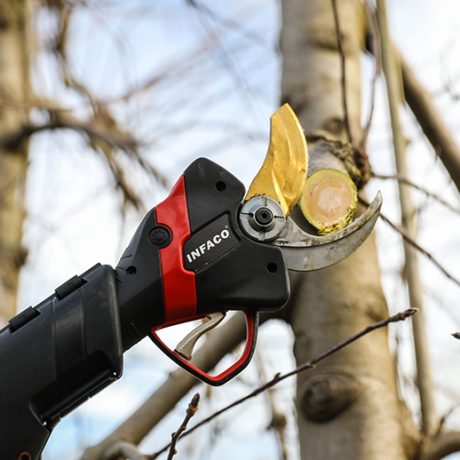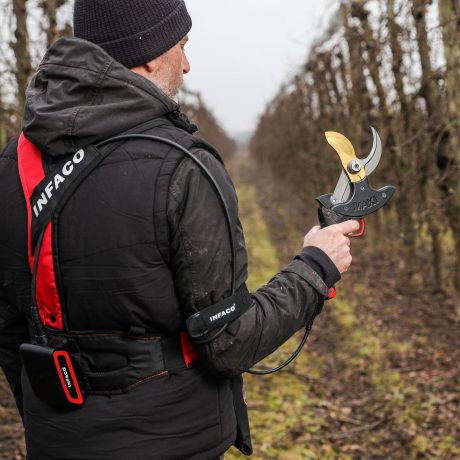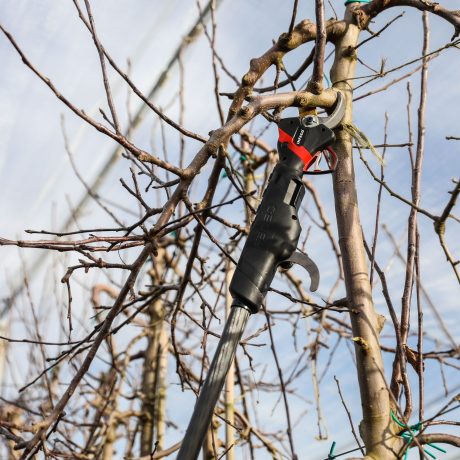

As in viticulture, pruning in fruit arboriculture is of vital importance to the tree's fruit-bearing potential. Here's a closer look at 5 different types of pruning.
In arboriculture, pruning is essential for good fruit production and tree longevity. There are many different types of pruning, depending on the region, the type of tree and the cultural heritage handed down through the generations.
Pruning has a number of objectives in fruit growing, the main one being to improve exposure to light and therefore encourage fruiting. It's important to optimise the number of shoots, so that they don't get in each other's way, to allow the remaining branches a good flow of sap. In this way, the fruit will be generous and of good quality.

Although each professional uses their own techniques to prune their trees, here are the most common techniques used in fruit growing:

All these pruning techniques help to ensure long-term production and facilitate harvesting, while maintaining a good balance between yield and fruit quality. Proper tree care also means taking action to limit wood diseases and extend the tree's lifespan.
An expert in the manufacture of battery-powered tools for professionals for almost 40 years, INFACO offers a complete range of products tailored to the needs of arboriculturists. The products combine cutting efficiency, speed, modularity, performance and have been guaranteed Origin France for nearly 15 years. The range includes :